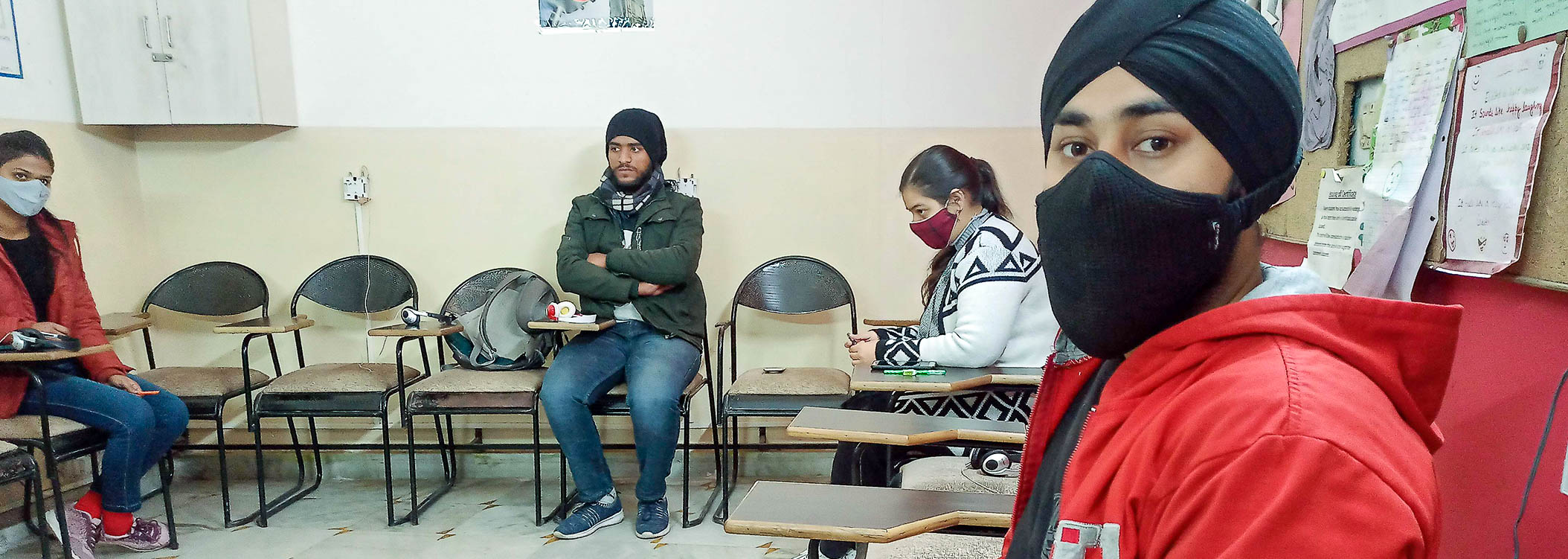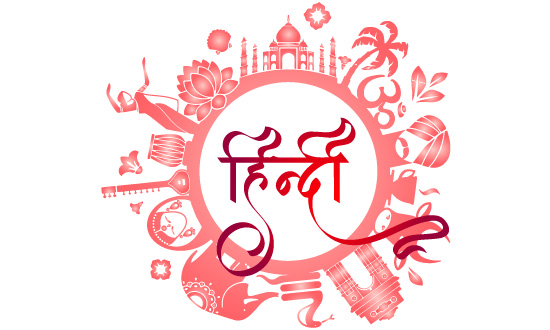Culture in Action – Table Manners
Food is one of the first things we notice about a different culture. It is also one of the first aspects of a different culture we feel free to adopt. The table manners that accompany the food are not so obvious. When the behaviours of a culture are invisible, when we are not even aware we have them, they are most powerful. What are some of the different table manners we might encounter at a class dinner when a range of cultures is represented?
In Australia, it is expected that everyone will talk during a meal. The talking passes from one person to another and is often about an issue that has been in the news, a new movie or some others neutral and safe topic. In many Eastern cultures it is considered impolite to speak while the meal is in progress. Conversation is held before or after the meal itself.
After the meal, the way we place our eating tools, our knives, forks, spoons or chopsticks, is also culturally. In Australia, when we have finished eating the main course we put the knife and fork across the middle of the plate parallel to each other with the handles facing towards us. When we are resting during the meal, we put the knife and fork across each other on the middle of the plate. In China, the chopsticks go crossways across the top of the plate with the handles facing towards the right as that is the hand that holds the chopsticks. In Indonesia, some students tell me, the fork and spoon are crossed as in the Australian resting position. But not all Indonesians may do this. Indonesia is itself a very multicultural society, so there may be a number of different customs for this within the country.
Consider further where the dishes are positioned on the table. The Chinese custom of all the diners eating from a range of central dishes is different from the Western way of having servings on separate plates. This expresses a different relationship between people and shows lines of community in contrast to the Westerner’s separate plates. Even the way the knives and forks fence in the plates makes a little frame for the plate and defines separate arenas of action all around the table, rather than one common arena of action as is the case of cultures where all the diners share from the common dishes in the middle.
Then there is the complex issue of accepting or declining an offer. Ritual refusals also differ from one cultures to another. If you decline the offer of a drink in Australia, you may not be offered another for some time as the ‘no’ is taken to mean ‘no’. In some cultures however, the first ‘no’ is a recognised step in the polite way of accepting a drink, while saying ‘yes’ straight away is seen as impolite and too direct.
Even leaving food on a plate at the end of the meal tells us something about our culture. Are we accustomed to leave a small amount to indicate we have been provided for well? Are we accustomed to eating everything on the plate to indicate we have respected the food and so wasted nothing? Are there rules in your culture for where you put any scraps or leftovers on the plate? Can you leave them scattered on the plate or should you put them together in one tidy heap?
We need to remember too that table manners change within cultures. First, they change across time; from one generation to another what is considered polite, marginal or uncouth shifts and alters. What were bad manners to one generation may be unimportant to another. Manners also vary according to the occasion. Just as in language, where the level of formality we use must fit the social context, so the manners we use for eating will change depending on how formal the eating event is. A barbecue or a dinner with a few friends will have different rules and conventions from a big family gathering or the formal dinner of a professional group.
Table manners are mostly invisible but bringing them to consciousness can be an intriguing way of becoming more familiar with another culture. They can also be a rich topic of conversation as everyone is an authority with a lifetime of firsthand experience.
Write : YES : if the statement agrees with the passage
NO : if the statement does not agree with the passage
NOT GIVEN: if the statement is not mentioned in the passage
1. Unrecognized cultural differences are more powerful than recognized ones.
2. It is always polite to talk during the meal.
3. The writer has never visited Indonesia.
4. The writer prefers the idea of eating from dishes in the middle of the table.
5. It is rude to refuse a drink in Australia.







